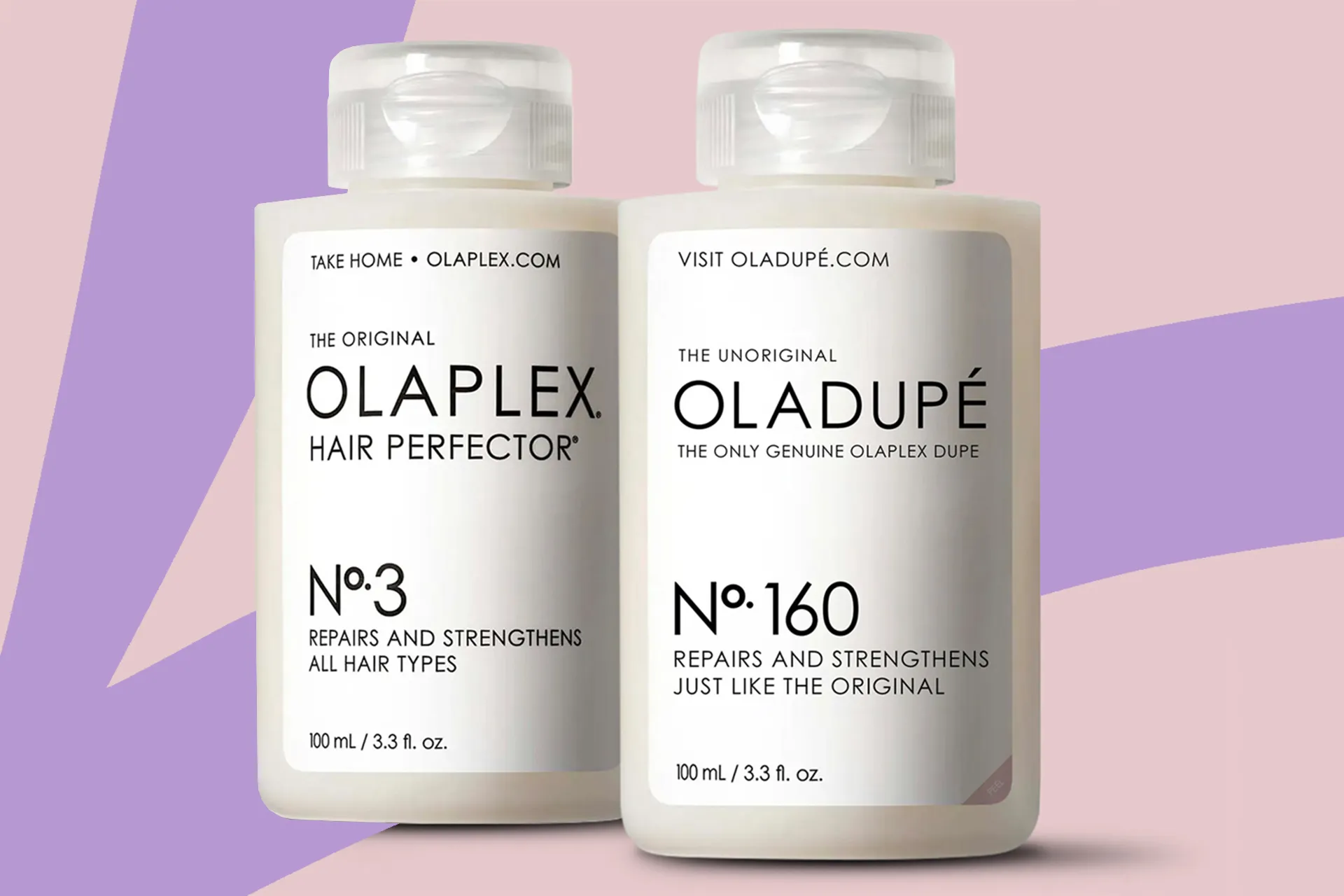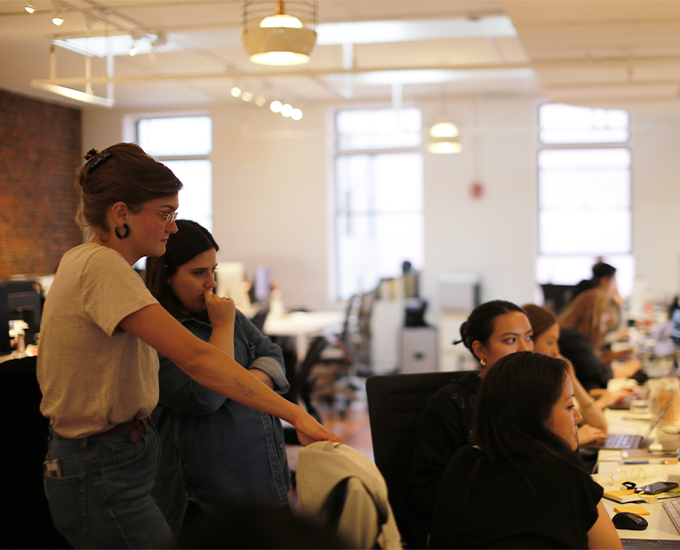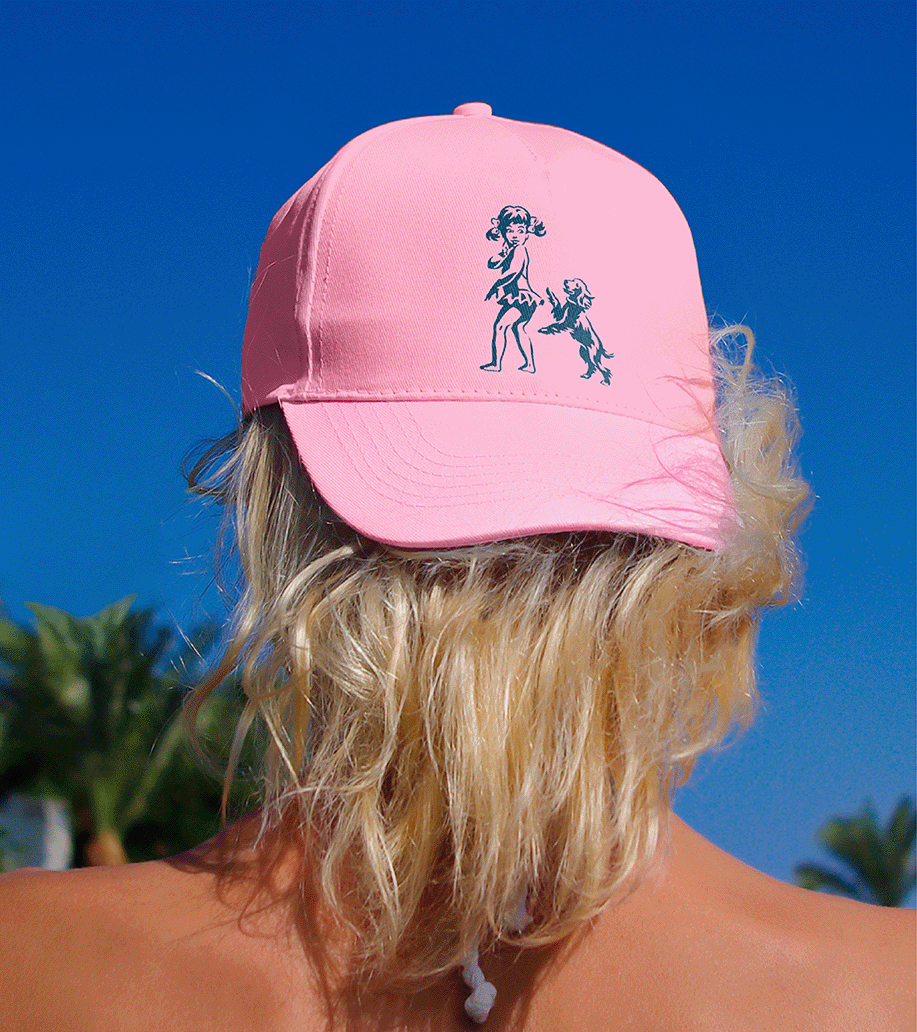This article originally appeared on WARC.
While some view dupes as a threat, innovative brands are turning them into opportunities for growth and differentiation. By engaging consumers on a deeper level, brands can capitalize on dupe culture and emerge as leaders.
Dupes (short for duplicates) are simply the latest iteration of this bargain-hunting tradition. But some things have changed. There was a time when being caught wearing a fake was the height of embarrassment. What’s different now is dupe culture openly takes pride in alternative versions of the “real thing.”
Today, dupes are driven by the desire for novelty, particularly among young audiences seeking rapid gratification. Social media’s ramped-up turnover has disrupted traditional trend cycles, speeding them up to satisfy a heightened desire for newness.
So what exactly is a dupe? Unlike knockoffs and counterfeits, dupes don’t claim to be the original. They position themselves as smart alternatives, delivering the same benefits as the branded item at a fraction of the cost.
And people love them. Roughly one adult in three (31%) has purchased a dupe, according to business intelligence group Morning Consult. That percentage is much higher among Gen Zers (49%) and millennials (44%), many of whom are inspired by lifestyle choices rather than brand loyalty.
With 53% of people aged 13 to 39 indicating the quality of dupes makes them less likely to purchase genuine items, according to brand protection specialist OpSec, should established brands be worried? Not necessarily.
There are strategic approaches brands can adopt to stay ahead of the curve. Rather than seeing them solely as damaging imitations, brands could even view dupes as a form of flattery and inspiration. However, it’s crucial for brands to craft tailored responses to this phenomenon. By placing authenticity at the forefront of their endeavors, brands can establish a solid foundation to withstand the challenges of this market evolution.
1. Beat dupes at their own game
Of course innovative brands in every category are at risk of being copied, but beauty brands in particular seem to be in high dupe demand. Olaplex, a popular haircare brand, experienced widespread imitation on TikTok, with the hashtag #olaplexdupe garnering over 30.4 million views. However, it ingeniously turned the tables when a ‘viral dupe’ turned out to be its own No. 3 Hair Perfector. Launching a fake product called Oladupé No. 160, Olaplex sent bottles to over 700 influencers.
The campaign generated over 400 posts and 21.9 million views under the hashtag #Oladupe. Curious customers visited oladupe.com, where the first 160 sign-ups received a free bottle of Oladupé, which was actually Olaplex No. 3. Shortly after, Olaplex revealed the ruse, which resulted in $1.1 million in global earned media value (EMV).
Fashion has provided rich pickings for copy culture for decades. When high-end activewear brand Lululemon noticed knockoffs of its Align Leggings appearing last year, it decided to play dupe culture at its own game. People who had bought fake Lululemon leggings were invited to trade them in for the genuine article at pop-up sites. The brand even took its campaign to dupe heartland TikTok, posting videos to promote the swap.
Lululemon used the dupe trend to highlight the value of its products and their ethical origins. The dupe swap demonstrated the quality difference, showing customers that genuine Lululemon goods are worth the price. It also showcased its environmental awareness by recycling the traded-in knockoffs.
Gen Z prioritizes brand transparency, seeking assurance that manufacturing and distribution are free from unethical practices. Mass-produced dupes, often made with cheap labour, lack ethical and environmental consciousness. Brands can differentiate themselves by highlighting transparent manufacturing processes and origins.
What both of these brands did was keep their fingers on the pulse and rode the wave of social trends. They recognized that the balance of power has shifted, with social media setting the agenda over brands. They leveraged this shift to anchor their authentic brand stories, enhancing their brand experiences to stand out. And they doubled down on the reputations of the real products over the dupes, positioning themselves as reliable, authentic and investment-worthy.
2. Maintain authentic connections
Maintaining authentic brand connections worked because brands have got something dupes can never have: the ability to build lasting emotional connections and offer authentic experiences. To survive dupe disruptions, brands must stay true to their origins, have a genuine heritage story, prioritise sustainability and provide added value.
Those focusing on brand storytelling, creating engaging experiences and communicating their purpose will withstand the test of time by forming strong bonds.
As will those that truly study their target audiences and make it their business to respond to their needs. Brands must not overlook the fact that a striking 91% of Gen Zers express willingness to pay extra for brands aligned with their values, according to research by management consultant Oliver Wyman Forum. Additionally, over half indicate they’d pay a premium of 25% to 75% for goods supporting the causes they believe in.
Though fast-fashion and makeup dupes may replicate higher-end products, many struggle to meet elevated ethical and social standards without compromising their signature speed and affordability. Brands can outshine dupes by weaving social initiatives into their brand identities, appealing to conscientious consumers.
Centering your campaign around genuine consumer insights allows for authentic connections with your audience. By communicating in a way that resonates with consumers’ realities, you not only reaffirm your position as a market leader, highlighting the inferiority over imitators, but also strengthen your brand’s reputation. It’s no longer enough to depend on name and old loyalties.
3. Start controlling the narrative
To leverage competition to your advantage, brand should consider adopting the ‘if you can’t beat them, join them’ approach. Playfully mocking competitors resonates with consumers and demonstrates your brand’s ability to engage in self-deprecation. By embracing this strategy, you signal to consumers that you’re in on the joke – while taking the opportunity to extol the virtues of your superior offer.
No discussion on makeup dupes would be complete without acknowledging e.l.f, a brand that openly says it ‘draws inspiration’ from prestige items. In a clever marketing move dubbed “Cosmetic Criminals,” e.l.f launched a true-crime parody campaign centred around the perplexing disappearance of makeup and skincare products. In response, makeup guru Charlotte Tilbury orchestrated her own attention-grabbing PR stunt, where influencers received empty product samples. The climax came when Charlotte released a video portraying herself as the true victim of a cosmetics crime, brandishing bags of imitation loot, including e.l.f products.
Heinz Tomato Ketchup got creative in its recent campaign, too. The tommy-k king faces not only copycats but also branded glass bottles found in chip shops and restaurants filled with fake sauce.
Heinz unveiled a series of posters depicting covert scenes of restaurant staff refilling Heinz bottles with cheaper ketchup, under the campaign tagline: “Even when it isn’t Heinz, it has to be Heinz.” Acknowledging the prevalence of ketchup fraud in restaurants, Heinz chose to embrace it with a bold and humorous campaign, pinpointing its superiority whilst reinforcing it’s iconic signifier against the noise – it’s color.
4. Keep it real
While dupes may offer an instant dopamine hit, many buyers gravitate to established brands because they believe in their quality, status and efficacy; they trust their sustainability credentials and ethics. All that good stuff needs to shine through in actions and strategic brand communications – and you can’t fake that.
Dupe culture is here to stay and only brands that can effectively beat dupes at their own game, maintain consumer connection, and show up authentically will be the ones to capitalize on what is set to be $101 billion category by 2027.
For more than 30 years, our teams have helped envision, position, design, and launch industry defining and challenger brands in the beauty, wellness and self-care categories, including Coppertone, BYOMA, and more.
Get in touch to find out how we can help you stay ahead in this new era of opportunity.




